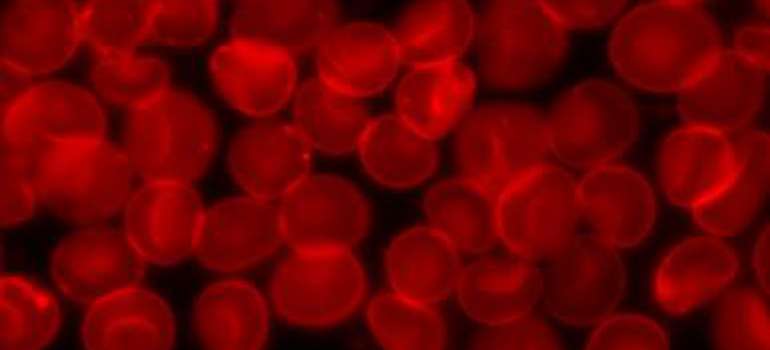
A team from the Skoltech-based NTI Center of Excellence (CoE) has succeeded in making blood pressure measurements more accurate by using standard wearable heart rate monitor data. The researchers developed novel algorithms based on ML technologies and deep neural networks that hold much promise for compact continuous health monitoring devices intended for individuals exposed to occupational hazards and other risks.
A rise in blood pressure that often goes unnoticed dramatically increases the risk of heart problems. Doctors need regular monitoring data to make a timely diagnosis of blood pressure disorders, such as high or low blood pressure. Abrupt changes in blood pressure not only pose a threat to the health of a specific individual but can also severely affect other people if, for example, a pilot, a bus driver or a train operator suddenly loses consciousness or has a heart attack or a stroke.
A classical cuff blood pressure monitor (BPM) is simple but not mobile enough. A taxi driver or a crane operator could not use it for regular blood pressure checks. Another indicator, heart rate, can be measured fairly accurately using a small, wearable heart rate monitor. Its light sensor receives and reflects the light directed onto the wrist by the light emitting diode. Part of the light penetrates the skin and is absorbed by the blood in the artery, while the rest is reflected back to the light sensor. This method, known as photoplethysmography (PPG), uses the dependence between the blood volume in the artery and the current pulse phase, as the reflected light pulsates in sync with the heart.
Suggestions to use PPG for blood pressure measurements have been made for a long time; however, they require better accuracy for medical applications. Recent advances, such as compact sensors and higher digital signal processing speeds, have resulted in a wearable BPM technology, as evidenced by the abundance of commercial compact BPMs and smart watches with pressure monitoring capability.
In its recent study, the NTI CoE team led by Skoltech Professor Dmitry Dylov determined how to make the best use of PPG data with the aid of AI in order to reduce the measurement error in wearable BPMs.
According to Dylov, instead of measuring the heart rate, the wrist device captures the entire pulse wave, including all bends in its shape, time delays, and even abstract features indiscernible by the human eye but detectable by AI neural networks. “This waveform contains a wealth of useful data that cannot be captured by classical signal processing methods. Our approach enables calculating and displaying blood pressure data much more accurately as compared to other compact BPMs,” Dylov explains.
The team trained the neural networks using their lab sensor readings and extensive, publicly available data. “We also thank our partners, the national cardiology center, for sharing useful ECG data under agreement with Skoltech,” Dylov notes.
The team performed an extensive analytical study of the existing PPG data analysis approaches, which helped the researchers to understand their limitations and find a niche for new inventions, and eventually created a set of new algorithms. “Right now, we are trying to adapt and tune our algorithms for different datasets and devices. Also, we have produced a functional prototype of a wearable BPM for lab tests and software-hardware interaction checks,” the project’s chief engineer, Evgeny Borisov says.
“We are keen to make sure our algorithms are compatible, as far as possible, with devices and software environments. Only deliberately versatile algorithms can keep ahead of the competition, after all. Any smartwatch user will easily understand the blood pressure readings on the screen, even though the settings may vary. For example, measurements can be made at certain time intervals or on demand, while the results can be stored in the device, sent to the doctor or the clinic, depending on the digital platform or standard the device will be part of,” Dylov says.
He notes that there are papers published these days where functional pulse of the blood under human skin is captured by analyzing simple video footage. “The accuracy of these measurements is far from perfect, but there is undeniable interest from investors that will lead to further development of “remote sensing” algorithms and future products based on this technology,” Dylov concludes.
Skolkovo Institute of Science and Technology

